If you live in a rural area, you may think that your pets have free rein to roam and explore. However, there are some dangers that pet owners in rural areas need to be aware of. Not only that, but pet care may be more complex to find in your local rural area.
You will need to either be prepared to take care of the matter in your hands or drive for hours to find proper pet care for your pet. We recently lost our dog Hunter to diabetes.
It was challenging when he needed vet care immediately, but we were fortunate that our vet gave us his cell phone number for emergencies. Not only that, but our dog was such a trooper. We miss the little guy!
Almost a year later, we ended up getting a new puppy. We chose a bigger breed, a Victorian Bulldog, to protect her from the wildlife.
Here are some pet care tips on how to keep your pets safe in a rural environment.
Why Are Pets In More Danger In Rural Areas?
Pets in rural areas face increased danger due to a lack of supervision and proximity to wildlife. With fewer neighbors nearby to keep an eye out and vast open spaces for pets to roam, the risk of encounters with wild animals, such as coyotes, moose, or bears, is higher.
Additionally, rural areas often have limited access to veterinary care, making it more challenging to address potential injuries or illnesses in a timely manner. The combination of these factors heightens the vulnerability of pets in rural settings.
1. Pet Care With Your Plants
Be aware of the poisonous plants in your area that can harm your pets. Some plants, like poison ivy and poison oak, can cause rashes and other skin irritations in both people and animals.
If you’re not sure if a plant is safe, err on the side of caution and keep your pets away from it. Learn which vegetation in your area can be harmful to pets. Some may be more harmful to dogs than to cats, etc. Learn which plants are in your rural area and how they can interact with your beloved pet.
Some dangerous plants to pets may include:
- Lillies
- Poinsettias
- Tulips
- Daffodils
- Daisies
- Baby’s breath
- Dahlias
- Peonies

2. Wildlife In Rural Areas
Watch out for wildlife. Animals like raccoons, skunks, and opossums can carry diseases that are harmful to both humans and animals. Additionally, snakes and spiders can be dangerous—even deadly—to both people and pets.
If you see any wildlife on your property, make sure to keep your pets away from it. Even if you don’t see them but hear about it in town, that wildlife is around, keep your pet safe inside or attended when outdoors.
When I walk our dog, I always have her on a leash to protect him from potential encounters with moose, deer, coyotes, or other wildlife in the area. It’s the best pet care I can do for Stella when we go walking.
3. Pet Care – Never Leave Unattended
Know the risks of leaving your pet unattended outside. In rural areas, there are often more cars on the road than there are in urban areas. This means that there’s a greater risk of your pet getting hit by a car if they’re left unattended outside.
Additionally, extreme weather conditions, such as thunderstorms and heat waves, can be more common in rural areas. Therefore, it’s essential to bring your pet inside during these times.
4. Pet Care For Extreme Weather
Whether you live in the north with frigid temperatures and lots of snow or down south where it’s hot and humid, both pose different threats to your pets.
If you live in an area with extreme cold, your pet could freeze if left outside for an extended period.
We have an electronic dog door, and if the battery wears out, it could keep our dog outside. She doesn’t bark when left out, so we have to keep an eye on that here.
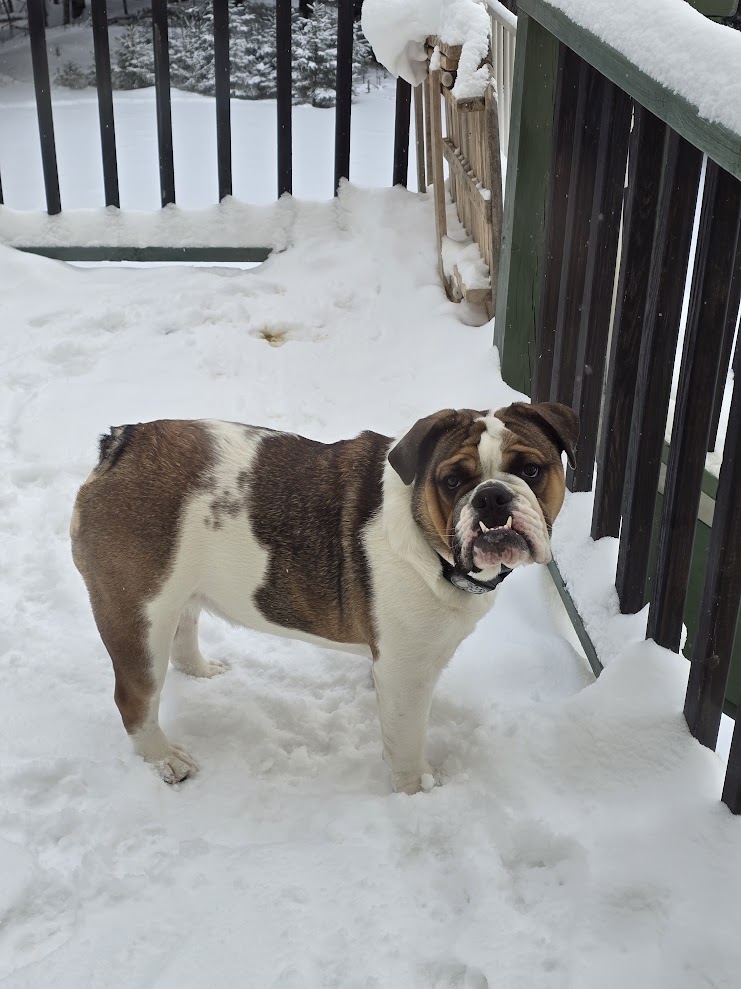
You may want to invest in some sweaters and snowshoes for your pet. There are also orange-colored vests and collars if there is hunting in your area. You would not want your pet to be shot mistakenly by hunters.
You may be able to shop for these types of clothing for your pet locally at pet care stores. We have seen these orange vests and collars here in our little rural town.
5. Farm Equipment and Your Pets
Keep an eye on your pet around farm equipment. If you live near a farm, there’s a chance that your pet could come into contact with farm equipment like tractors or combines.
These machines can be very dangerous—even deadly—to both people and animals, so it’s essential to make sure that your pet stays away from them.
Always have a backup mirror or camera on your equipment so you can see in front and behind the machinery at all times. Not only to protect your pets, but also children and other people who may not know you are coming.
6. Pet Care For Swimming
Be aware of the risks of letting your pet swim in ponds or lakes. While swimming is an excellent way for your pet to cool off on a hot day, it’s essential to be aware of the risks involved. Many bacteria and parasites can live in ponds and lakes, some of which can be harmful to both people and animals.
Additionally, drowning is always a risk when swimming, so make sure that you never let your pet swim unattended.
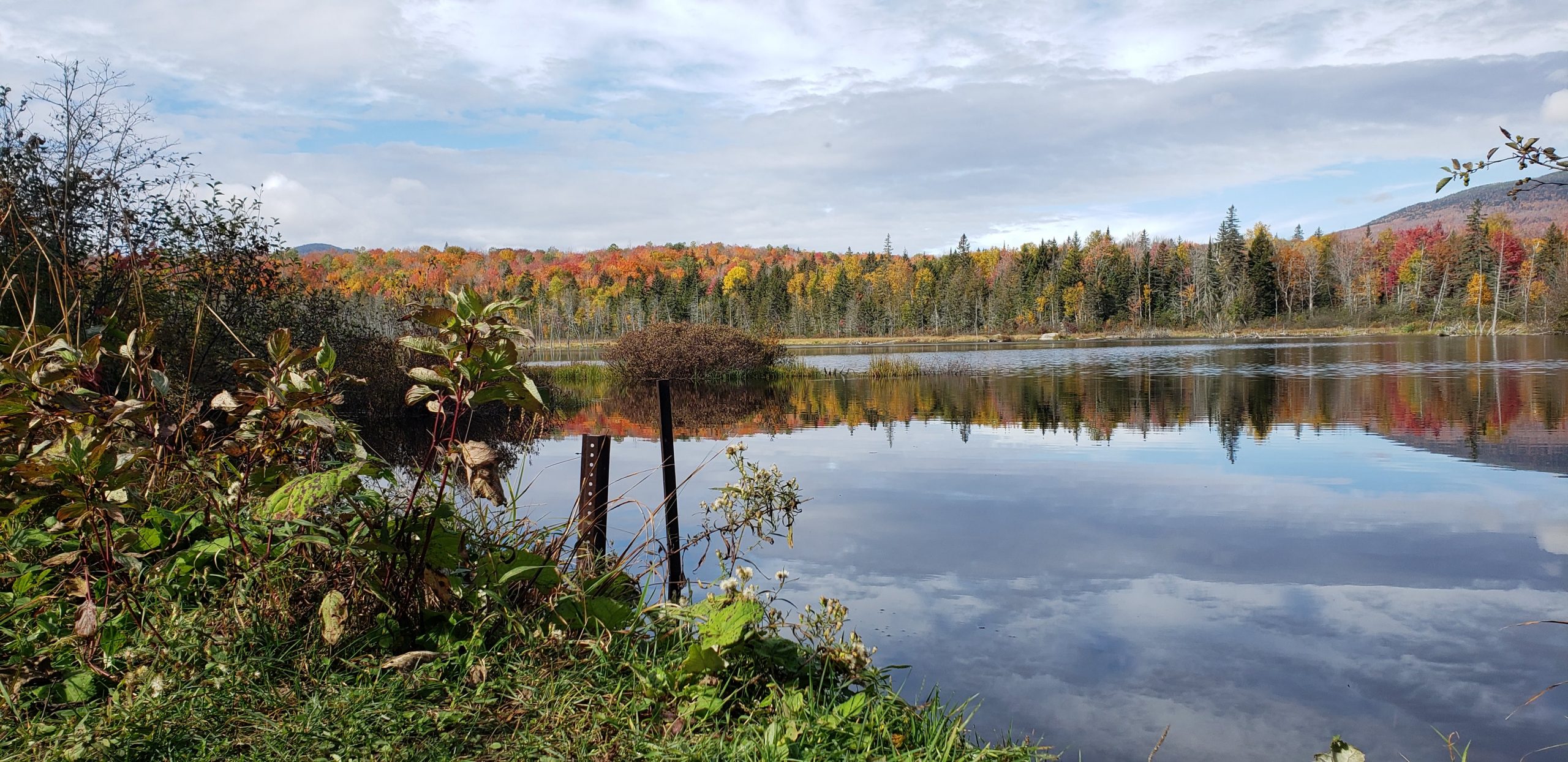
7. Frozen Ponds or Not?
To protect your pet from drowning in a frozen pond or lake, take proactive measures to ensure their safety. Keep a close eye on your pet when near bodies of frozen water, and use a leash for added security.
However, if your pet does fall through the ice, do not attempt to rescue them yourself. Instead, call emergency services immediately for assistance.
Educate yourself about pet CPR and first aid so you can provide immediate care if necessary. By staying vigilant and prepared, you can keep your furry companion safe from potential dangers during the winter months.
8. Pet Urgent Care – Far Away In Rural Towns
If you need veterinarian care for your pet, you may have to drive an hour or two away for care. You may want to take a course in pet care so you can manage some of the simpler health issues your pet may encounter in rural areas.
However, do set up a pet urgent care well visit for your pet so you can get an appointment when there is an emergency for your family pet. In our rural area, we learned that no veterinarian would perform allergy testing unless you drove hours away.
The same can be said for any special pet care needs you may have. Having a vet who specializes in pet care is essential when you live far away from cities.
When our dog Hunter developed diabetes, thankfully, we had an urgent care facility for pets for him. It is still an hour away, and when he almost went into a diabetic coma, we were lucky to get him there on time.
9. Pet Care In Rural Areas – Stocking Up
Living in a rural area means being prepared for unexpected situations, including having enough pet food and medications on hand. Limited access to stores and veterinary services makes it crucial to stock up on these essentials.
Running out of pet supplies in a rural area can be a significant challenge, so it’s essential to plan and have an ample supply of food and medications for your furry companions.
Additionally, consider the expiration dates of medications and the amount of food your pets consume to ensure you have enough to last. Taking proactive steps to stock up on these items can provide peace of mind and ensure that your pets’ needs are met, no matter the circumstances.
We relied on Chewy for our dog’s food and some medicines. Ordered, shipped quickly, and I had his food on autoship. After he passed away, Chewy sent us a dozen roses. We could not believe it!
Pets – Great Protectors In Rural Areas
One thing that surprised me in our rural area was the number of large dogs in the community. It seems many like having them warn them if anyone trespasses on their property. Or to warn you of impending danger from other wildlife in the area.
He is so much fun. Sweetheart. Good protector too, being partially a Great Pyrenees. Booming barks at the coyotes last night. This is a rural area about 20 miles from the Blue Ridge Mountains.
— Ryan Biddulph | Blogging From Paradise (@RyanBiddulph) November 13, 2022
Conclusion of Pet Care In Rural Areas
Pets are part of the family, and just like any other family member, you want to make sure that they’re safe and healthy at all times. If you live in a rural area, there are some extra precautions that you need to take to ensure that your pets are protected from harm.
By following the tips listed above, you can help keep your pets safe in a rural environment.
What other tips would you add to this list to help with pet care living in a rural area? Please drop a comment below so we can discuss it in the comments section.
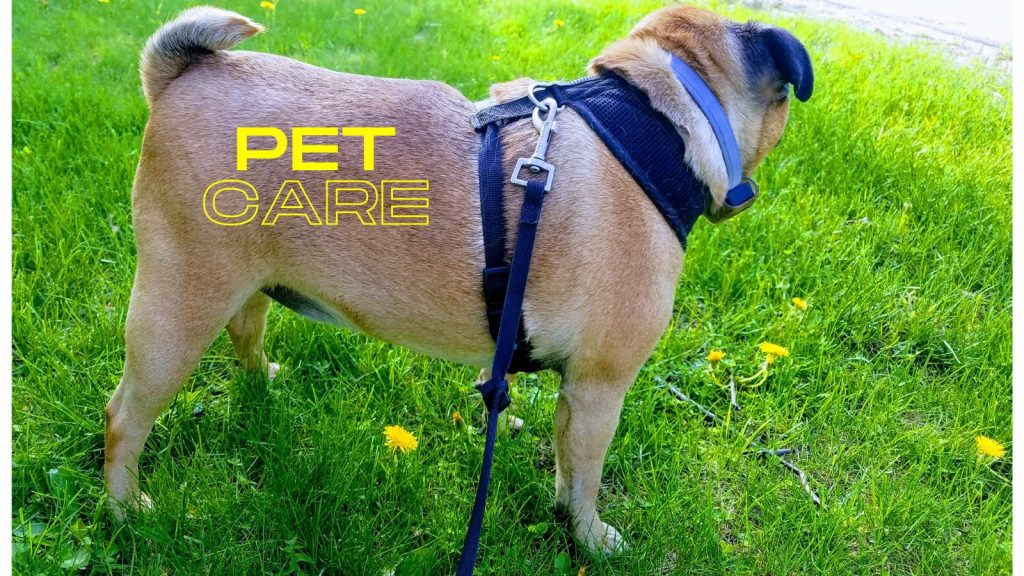
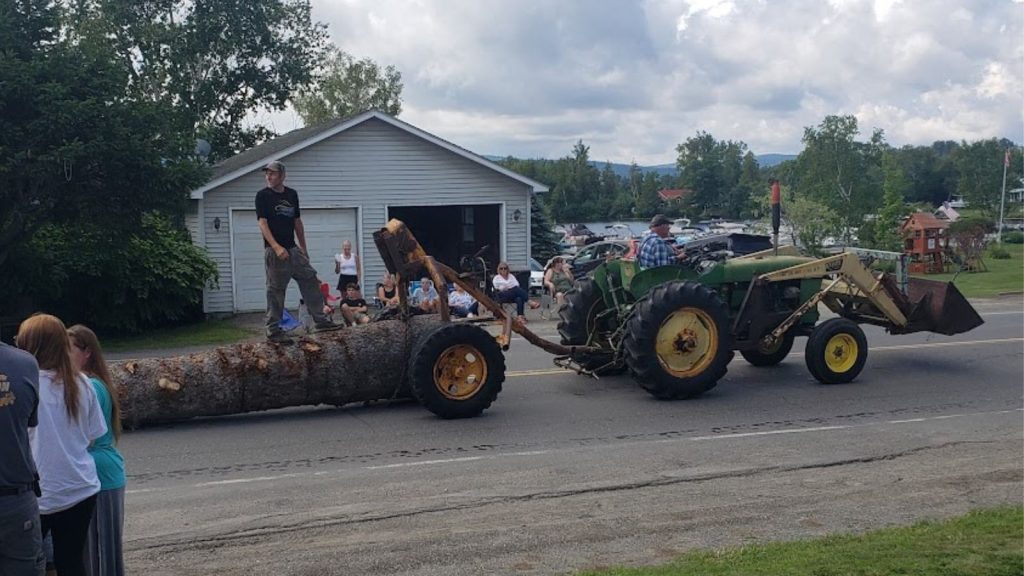


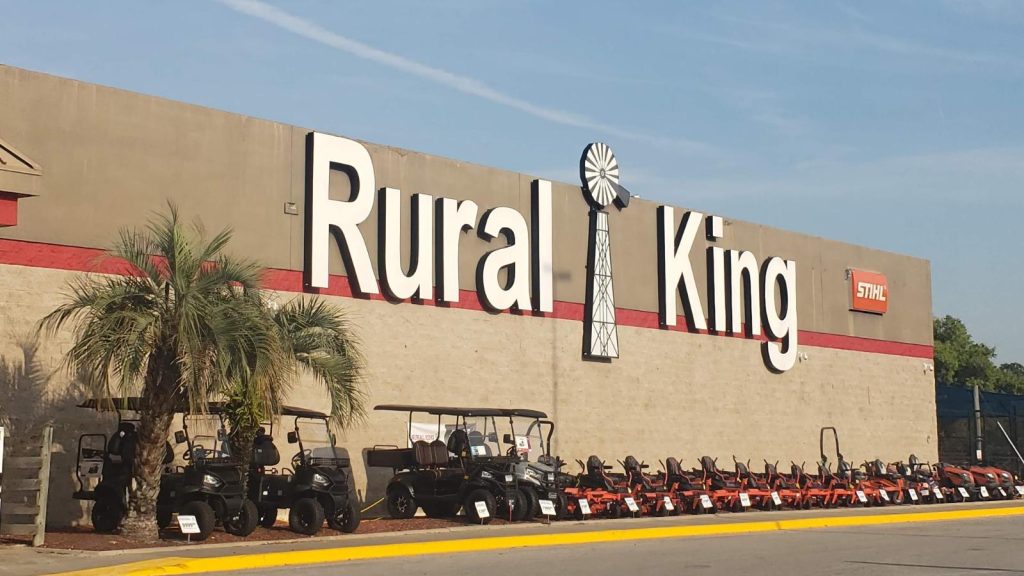
Lisa, excellent post! I learned to follow these tips house sitting in rural areas all over the globe. When homeowners allow their dogs free rein in rural areas or remote spots it feels incredibly scary at times; I prefer keeping pets on leashes or at the very least, having a 130 pound monster whose barks sound like thunder and whose strength could take out a coyote without much effort. The dog mentioned in the tweet is sweet but a beast. Ditto with the guardian dogs here; Kelli and I saw a pair of big, imposing black labs and a hulking Bernese Mountain dog in the neighborhood. Both moved us along with their barks.
Ryan
Hi Rya, thank you. I would have Hunter on a leash if you went anywhere walking but around the house and yard, no. However, he was only a 28 lb dog. I don’t know if I could have a big dog as I did once many years ago. Thanks for your input Ryan and have a great day.